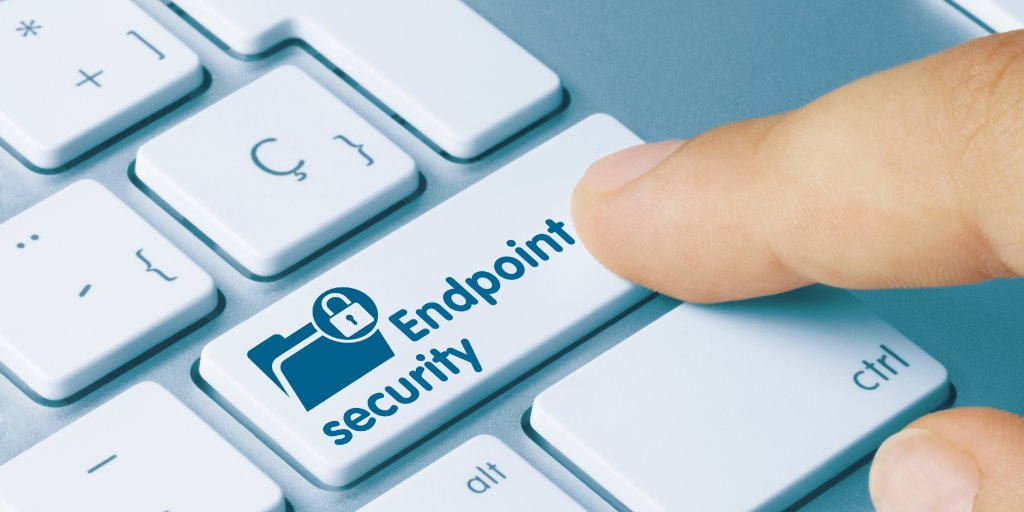Unified Endpoint Management (UEM) is often understood as the fusion of MDM (Mobile Device Management) and EMM (Enterprise Mobility Management).
This holistic IT security strategy encompassing all enterprise devices has gained in importance, especially in the last three years. Against the backdrop of the Corona pandemic and the associated rise of the home office and mobile working models such as workation, even the last companies have finally realized that endpoint management is indispensable for securing company devices, employees and data against threats.
The future of endpoint management: where is it headed?
By now, most business owners are aware of the importance of an IT security strategy. However, for a refresher, here's why a holistic security strategy is important and should be implemented today rather than tomorrow.
Endpoint management is definitely an ever-growing industry. In the U.S. alone, it's expected to see an annual growth rate of 32%. Other forecasts also predict that UEM will become even more important in Europe, as the trend towards BYOD (Bring your Own Device) and IoT solutions is also growing here, with a growth rate of 31.2% over the next five years.
Essentially, since 2019, we can see that the trend is moving towards end solutions that combine the management of all enterprise devices and their security.
Cloud-based solutions and software-as-a-service (SaaS) providers are also gaining market share. One driver for the use of UEM solutions in Europe is, of course, the implementation of the GDPR - which applies in all EU member states.


